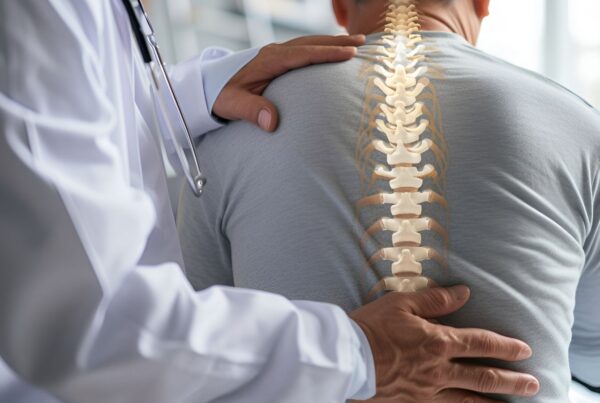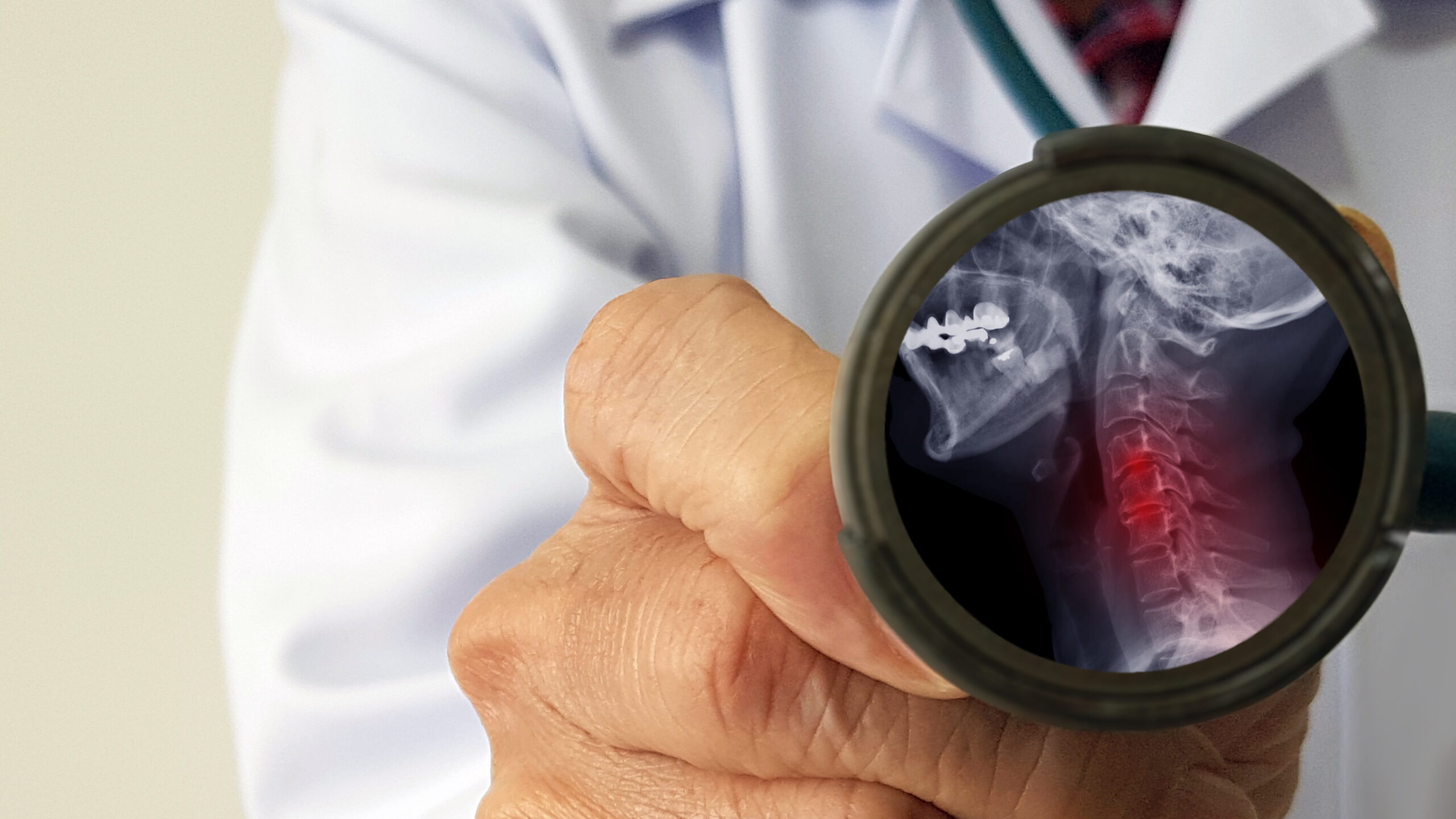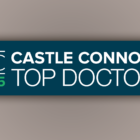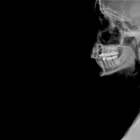What is Cervical Myelopathy?
Cervical Myelopathy is a condition that develops when the channel for the spinal cord, the spinal canal, is compromised. The most common cause is degeneration of the intervertebral disc. The damaged disc leads to the formation of bone spurs which project into the spinal canal, pressing on the spinal cord. The pressure on the spinal cord and nerve roots can lead to symptoms such has numbness, loss of coordination, weakness, walking difficulty, and urinary problems. Cervical spondylotic Myelopathy refers to spinal cord problems that develop due to a damaged disc.
Treatment of Cervical Spondylotic Myelopathy
When patients have spinal cord issues and show neurological symptoms, surgery might be needed. Although physical therapy can be tried, your doctor may recommend surgery if the symptoms are bad or worsening. Cervical spondylotic myelopathy surgery helps by making more space in the spinal canal, which removes the pressure on the spinal cord and nerves. The aim is to stabilize and hopefully improve these neurological problems.
Types of cervical myelopathy surgery include:
Anterior cervical discectomy and fusion (ACDF surgery) – The incision is in the front of the neck to remove the damaged disc. The anterior cervical fusion secures the spine with a bone graft and metal plate and screws.
Anterior cervical discectomy and arthroplasty – Similar to ACDF surgery however instead of a bone graft and metal plate and screws, an artificial disc is inserted to maintain spine motion.
Cervical Laminoplasty vs. Laminectomy – Cervical laminoplasty is performed from the back of the neck to create a hinge in the side of the lamina. The lamina is propped open to create space and held open with a plate and screws. A cervical laminectomy, also performed from the back, however the lamina is removed to create space. Cervical laminectomy is often coupled with a fusion by inserting screws and rods.
One difference between these operations is whether a fusion, which eliminates movement, is included. A fusion transfers pressure on the adjacent segment of the spine, which can create future problems. Anterior cervical discectomy and arthroplasty as well as cervical laminoplasty are done without a fusion.
There are circumstances however where ACDF surgery or a cervical laminectomy and fusion are the appropriate cervical myelopathy surgery.
It's time to get back
to doing what you love.
Which Cervical Myelopathy surgery is the right surgery?
One of the most important principles to understand is that there is no standard of care when selecting surgery for cervical spondylotic myelopathy.
Several different types of surgery may be considered appropriate for any given patient. Your doctor may recommend one type of surgery over another based on your unique situation. The process of determining the appropriate surgery involves:
- The patient’s unique qualities and desires
- Which surgeries are familiar to your surgeon
- What the medical literature supports
As the patient, you are an integral member of the decision-making team when selecting the surgery. Your surgeon is responsible for understanding the medical literature, performing the appropriate evaluation, and presenting surgery that he or she can perform. However, do not just sit back and listen. Let your surgeon know your specific wants and desires when selecting the cervical myelopathy surgery that is best for you!
The steps for determining the best surgery for you should include the following:
- A thorough neurological history and examination
- Review of you cervical imaging. The imaging should include X-rays and at least a cervical CT or MRI. X-rays alone are inadequate to see the spinal cord and nerves or the pressure on the spinal cord
- A comprehensive discussion which includes risks and benefits as well as the consequences of the surgery your doctor may recommend.
For instance, a professional singer may not want to consider surgery from the front of the neck, such as ACDF surgery, since compromise of voice quality is a small but present risk.
The spine surgeons of Neurosurgeons of New Jersey are nationally recognized in the treatment of cervical spondylotic myelopathy. Our team has the expertise to determine when surgery is needed and in selecting the most appropriate surgery for you!
If you have any questions or wish to schedule a consultation, please contact Neurosurgeons of New Jersey.

About Dr. Michael G. Kaiser
Dr. Michael G. Kaiser is a nationally recognized neurosurgeon in North Jersey and is a proud member of Neurosurgeons of New Jersey, practicing out of their Ridgewood office conveniently located on East Ridgewood Avenue. Dr. Kaiser specializes in complex and minimally invasive spine surgeries.
Recent Posts:






